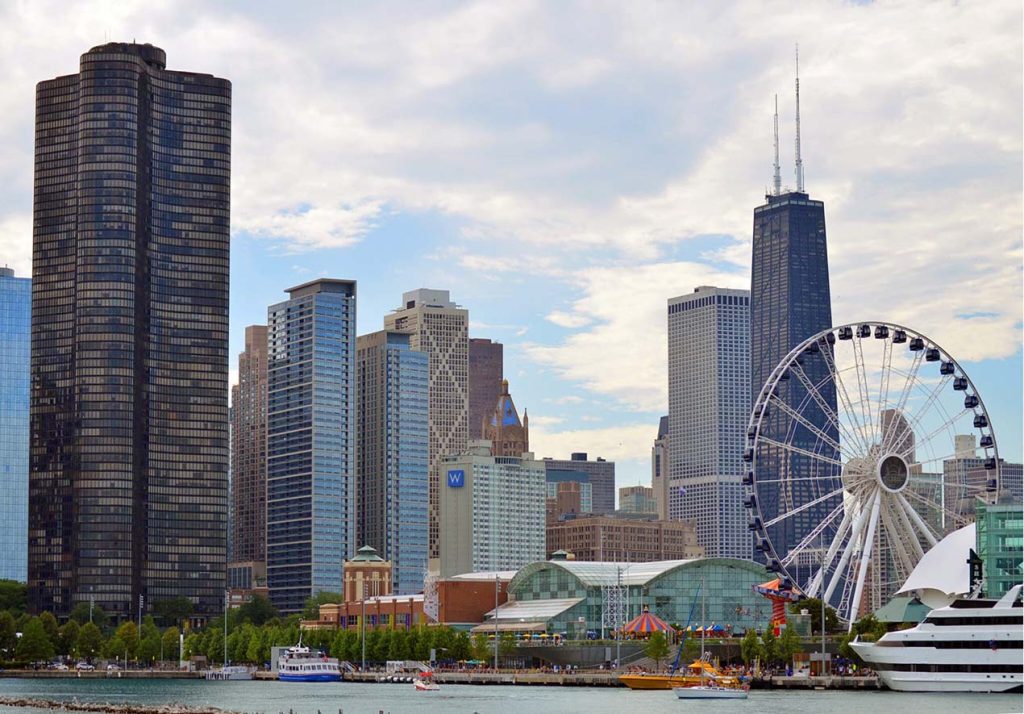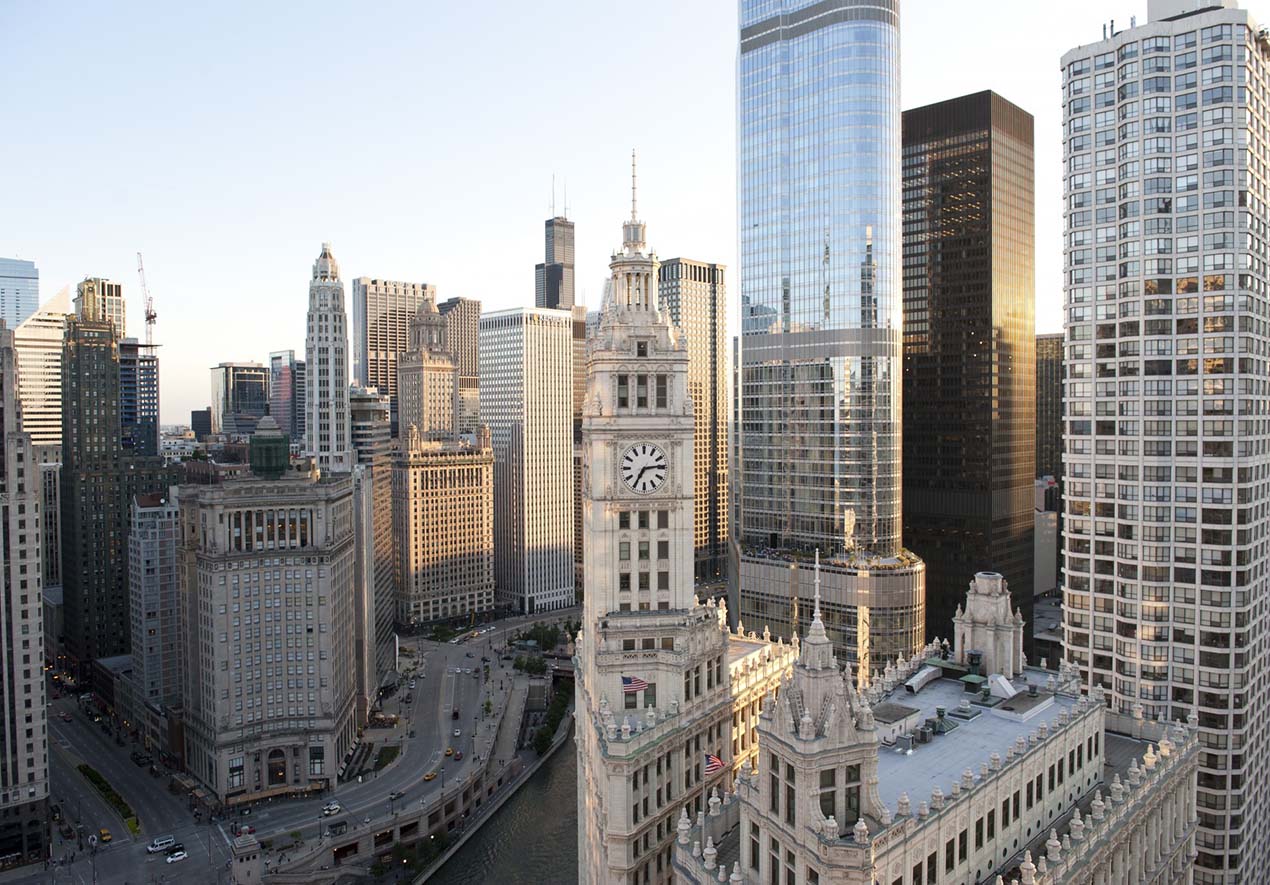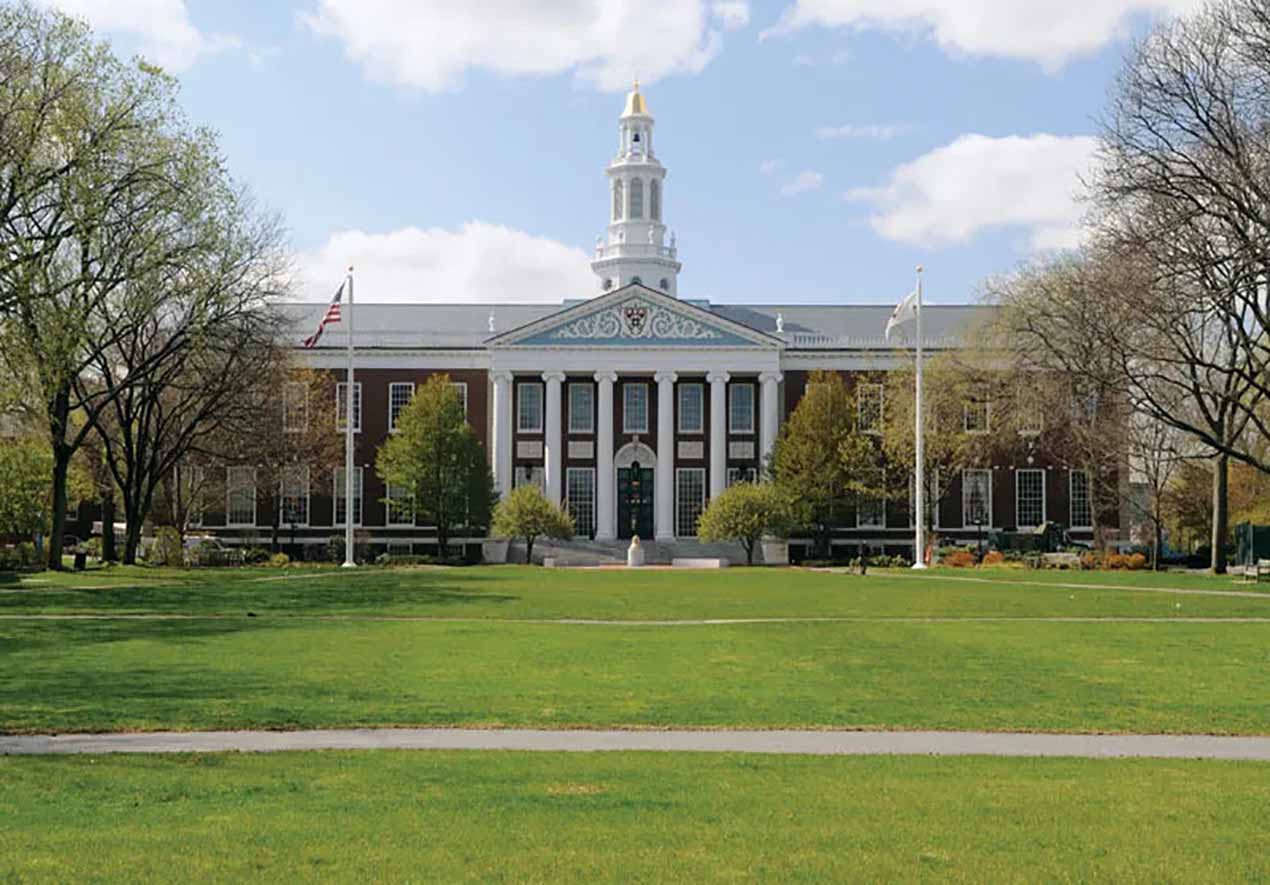Chicago, a city known for its rich history, vibrant culture, and stunning architecture, has always been a place that captivates the imagination. On my recent trip to this incredible city, I made it my mission to explore some of Chicago’s most iconic landmarks. Each site not only provided a window into the city’s soul but also left me with memories that I’ll cherish for years to come. From the reflective curves of Cloud Gate to the bustling atmosphere of Navy Pier, here’s a journey through the Windy City’s most celebrated attractions.
The Magnificent Mile: A Grand Introduction
My exploration began on the Magnificent Mile, a stretch of Michigan Avenue that’s famed for its upscale shops, historic landmarks, and vibrant energy. As I strolled down the avenue, I was struck by the seamless blend of old and new, with historic buildings like the Wrigley Building standing proudly alongside modern skyscrapers.
Wrigley Building: This architectural gem, with its gleaming white facade, is a testament to Chicago’s architectural grandeur. The building’s design, inspired by the Giralda tower of Seville’s cathedral, is a nod to classical European styles. Walking through the courtyard, I couldn’t help but admire the intricate details and the sense of history that permeates the area.
John Hancock Center: Just a short walk from the Wrigley Building, the John Hancock Center offers one of the best views of the city. I took the elevator to the 360 Chicago Observation Deck, where the city unfolded beneath me in all its glory. The experience of seeing Chicago from such a height was both exhilarating and humbling, offering a perspective that is both awe-inspiring and deeply moving.
Millennium Park: The Heart of the City
No trip to Chicago is complete without a visit to Millennium Park, a space that has quickly become the city’s most iconic gathering place. The park is a hub of creativity and culture, where art, architecture, and nature converge to create a truly unique experience.
Cloud Gate (The Bean): The first thing that drew my attention as I entered the park was Cloud Gate, affectionately known as “The Bean.” This stunning piece of public art, designed by Anish Kapoor, is made of polished stainless steel that reflects the city’s skyline in mesmerizing ways. As I walked around (and under) the sculpture, I was fascinated by how it warped and distorted the reflections, creating an almost surreal experience. The Bean is not just a piece of art; it’s an interactive experience that invites you to see the city from different perspectives.
Crown Fountain: A short walk from The Bean, I encountered the Crown Fountain, a pair of 50-foot glass towers that project video images of Chicagoans’ faces. Water cascades down the towers and occasionally spouts from the mouths of the projected faces, much to the delight of the children playing below. The blend of art and playful interaction here is something that truly captures the spirit of Chicago—innovative, engaging, and a bit unexpected.
Jay Pritzker Pavilion: At the center of Millennium Park lies the Jay Pritzker Pavilion, an outdoor concert venue designed by the legendary Frank Gehry. The pavilion’s sweeping stainless steel ribbons create a striking contrast against the green lawn, where locals and tourists alike gather for concerts, movies, and festivals. The acoustics here are remarkable, and I was fortunate enough to catch a free concert during my visit. The experience of listening to live music under the open sky, surrounded by the city’s skyscrapers, was nothing short of magical.
Art Institute of Chicago: A World-Class Collection
Adjacent to Millennium Park, the Art Institute of Chicago houses one of the most impressive art collections in the world. As I stepped through its grand entrance, flanked by the famous bronze lion statues, I knew I was in for a treat.
The Collection: The Art Institute’s collection is vast and varied, with masterpieces from every corner of the globe. I spent hours wandering through the galleries, marveling at works by iconic artists like Grant Wood, Georgia O’Keeffe, and Edward Hopper. Hopper’s Nighthawks, in particular, struck a chord with me—its depiction of urban isolation felt especially poignant as I stood in the bustling city of Chicago.
The Modern Wing: The Modern Wing, designed by Renzo Piano, is a sleek, contemporary addition to the museum that houses an impressive collection of 20th and 21st-century art. The light-filled spaces here offer a perfect setting for works by artists like Picasso, Matisse, and Pollock. The blend of modern and classical art within the museum perfectly reflects Chicago’s own architectural landscape—a city that respects its past while constantly pushing forward into the future.
Navy Pier: Chicago’s Playground

After immersing myself in the city’s artistic and architectural wonders, I made my way to Navy Pier, one of Chicago’s most popular attractions. Stretching out into Lake Michigan, Navy Pier is a lively, colorful place filled with entertainment, dining, and attractions for all ages.
The Centennial Wheel: One of the first things that caught my eye was the Centennial Wheel, a 200-foot-tall Ferris wheel that offers panoramic views of the city and lake. I couldn’t resist taking a ride, and as the wheel slowly ascended, I was treated to breathtaking views of the skyline, the shimmering lake, and the bustling activity below. The experience was both thrilling and peaceful, offering a moment of reflection high above the city.
Shakespeare Theater: Navy Pier is also home to the Chicago Shakespeare Theater, where I had the pleasure of catching a performance during my visit. The intimate theater space brought Shakespeare’s words to life in a way that felt both timeless and contemporary. The actors’ passion and energy were infectious, making for an evening of unforgettable entertainment.
Crystal Gardens: Inside the Pier, I discovered the Crystal Gardens, a beautiful indoor botanical garden under a glass atrium. The gardens are a lush, green oasis filled with palm trees, fountains, and flowers—a perfect spot to escape the hustle and bustle of the Pier and enjoy a moment of tranquility. The contrast between the urban environment outside and the tropical ambiance inside was striking and added yet another layer to the diverse experiences Chicago has to offer.
Dining at Navy Pier: No visit to Navy Pier would be complete without sampling some of the local cuisine. I stopped by one of the many restaurants along the Pier for a classic Chicago-style hot dog—a delicious combination of flavors that perfectly encapsulates the city’s culinary identity. The dining options here are as varied as the city itself, offering everything from deep-dish pizza to gourmet seafood, all with stunning views of the lake.
The Field Museum: Journey Through Time
Next on my list was the Field Museum, a place where history and science come alive in spectacular ways. Located on the Museum Campus, the Field Museum is one of the largest natural history museums in the world, and it offers an incredible journey through time.
Sue the T. Rex: One of the museum’s most famous residents is Sue, the largest and most complete T. rex skeleton ever discovered. Standing before this massive dinosaur, I couldn’t help but feel a sense of awe at the sheer scale and power of this ancient creature. Sue’s presence is both educational and inspiring, offering a tangible connection to a world that existed millions of years before ours.
Ancient Egypt: Another highlight of my visit was the Ancient Egypt exhibit, where I walked through a replica of a tomb and marveled at the artifacts on display. The collection includes mummies, intricate jewelry, and everyday objects that offer a glimpse into the lives of the ancient Egyptians. The exhibit is immersive and well-curated, making it easy to lose yourself in the stories of the past.
Evolving Planet: The Evolving Planet exhibit takes visitors on a journey through 4 billion years of life on Earth, from the earliest single-celled organisms to the rise of mammals. The exhibit is filled with fossils, dioramas, and interactive displays that illustrate the incredible diversity of life that has existed on our planet. It’s a humbling experience that reminds us of our place in the vast history of the Earth.
Shedd Aquarium: An Underwater Adventure
Just a short walk from the Field Museum is the Shedd Aquarium, another highlight of the Museum Campus. As I entered the aquarium, I was greeted by the sight of vibrant marine life swimming in massive tanks that recreate the world’s oceans, rivers, and reefs.
The Caribbean Reef: One of the first exhibits I explored was the Caribbean Reef, a circular tank filled with colorful fish, rays, and a green sea turtle. The tank is designed to give visitors a 360-degree view of the marine life, and I found myself captivated by the graceful movements of the creatures within. The aquarium’s staff are incredibly knowledgeable, offering insights into the animals’ behaviors and the ecosystems they inhabit.
Amazon Rising: Another standout exhibit is Amazon Rising, which showcases the incredible biodiversity of the Amazon River basin. The exhibit is filled with exotic animals like piranhas, anacondas, and caimans, as well as lush vegetation that recreates the dense jungle environment. The immersive design of the exhibit made me feel like I had been transported to the heart of the Amazon, surrounded by the sights and sounds of one of the most diverse ecosystems on Earth.
Aquatic Show: The Shedd Aquarium also offers live aquatic shows featuring dolphins, belugas, and sea lions. I attended one of these shows, and it was a delightful experience. The animals’ intelligence and agility were on full display, and the trainers’ deep bond with them was evident in every interaction. The show was not only entertaining but also educational, highlighting the importance of marine conservation and the need to protect these incredible creatures.
Adler Planetarium: Reaching for the Stars
My journey through Chicago’s Museum Campus concluded at the Adler Planetarium,the first planetarium in the Western Hemisphere. The Adler is a place where science, history, and imagination come together to explore the wonders of the universe.
Sky Theater: The highlight of my visit was a show in the Grainger Sky Theater, where I embarked on a virtual journey through space. The state-of-the-art projection system made me feel as if I were traveling among the stars, exploring distant galaxies and witnessing the birth and death of stars. The experience was both awe-inspiring and humbling, offering a new perspective on our place in the cosmos.
Exhibits: The Adler Planetarium also features a range of exhibits that explore the history of astronomy, the latest discoveries in space science, and the future of space exploration. I was particularly fascinated by the exhibit on the Apollo missions, which includes a replica of the lunar module and artifacts from the moon landings. The exhibit captures the excitement and challenges of space exploration, reminding us of humanity’s enduring curiosity and desire to reach beyond our own planet.

As I reflect on my time in Chicago, I’m struck by the city’s incredible diversity—of people, of experiences, and of history. From the reflective beauty of The Bean to the cosmic wonders of the Adler Planetarium, each landmark offered a unique window into what makes Chicago such a special place.
Exploring these iconic sites gave me a deeper appreciation for the city’s past, present, and future. Chicago is a city that’s constantly evolving, yet it remains deeply rooted in its heritage. It’s a place where you can lose yourself in the art of the past, marvel at the architecture of the present, and dream about the possibilities of the future.
Whether you’re a first-time visitor or a seasoned traveler, Chicago’s landmarks offer something for everyone. Each site tells a story—a story of innovation, resilience, and the human spirit. And as I walked through these historic and cultural sites, I felt a profound connection to the city and its people—a connection that will undoubtedly draw me back to Chicago again and again.



